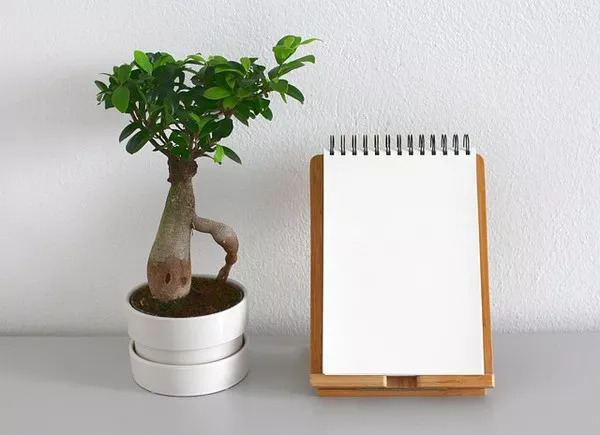Bonsai, the art of growing miniature trees in containers, has captivated enthusiasts for centuries. Among the myriad of bonsai species, Ficus bonsai holds a special place due to its adaptability, aesthetic appeal, and ease of care. Originating from the tropical and subtropical regions, Ficus bonsai offers a plethora of varieties, each with its own unique characteristics. In this guide, we delve into the intricate process of creating and nurturing Ficus bonsai, from selecting the right species to refining its form over time.
Selecting the Right Ficus Species
The first step in creating a Ficus bonsai masterpiece is selecting the right species. Ficus trees come in various types, each with its own growth habits and characteristics. Some popular choices for bonsai include Ficus microcarpa (Chinese banyan), Ficus retusa (Indian laurel fig), Ficus benjamina (Weeping fig), and Ficus salicifolia (Narrowleaf fig). When choosing a species, consider factors such as leaf size, trunk thickness, and growth pattern.
Choosing the Ideal Specimen
Once you’ve selected the species, it’s time to choose a suitable specimen to transform into a bonsai. Look for a young tree with a well-developed trunk and interesting root structure. Avoid trees with extensive scars, disease, or pest infestations, as these can hinder the bonsai’s health and development. Additionally, consider the tree’s overall shape and proportions, as this will influence the final design of your bonsai.
Understanding Bonsai Techniques
Before diving into the creation process, it’s essential to familiarize yourself with basic bonsai techniques. These include pruning, wiring, repotting, and styling. Pruning helps maintain the bonsai’s shape and encourages new growth, while wiring allows you to manipulate the tree’s branches and trunk into desired positions. Repotting is necessary to provide fresh soil and nutrients, while styling involves refining the tree’s form to achieve aesthetic harmony.
Initial Styling
With your chosen specimen in hand, it’s time to begin the transformation process. Start by carefully examining the tree’s structure and determining its primary branches. Use sharp pruning shears to trim away any unwanted growth, focusing on creating a balanced silhouette. As you prune, envision the desired shape and style of your bonsai, keeping in mind traditional bonsai aesthetics such as asymmetry and proportion.
Wiring Techniques
Once the initial pruning is complete, it’s time to wire the branches into place. Select aluminum or copper wire of appropriate thickness for the branches you wish to manipulate. Begin by anchoring the wire at the base of the branch and carefully wrap it around in a spiral motion, taking care not to damage the bark. Bend the branch gently into the desired position, using additional wire as needed for support. Avoid over-bending branches, as this can cause them to snap or die back.
Repotting and Root Pruning
After styling the branches, it’s important to repot the bonsai to ensure optimal health and growth. Choose a shallow container with adequate drainage holes, and fill it with well-draining bonsai soil. Carefully remove the tree from its original container, taking care not to disturb the roots excessively. Use sharp scissors or pruning shears to trim away any circling or tangled roots, promoting a more compact root system. Position the tree in the center of the new container and backfill with soil, firming it gently around the roots.
Nurturing Your Bonsai
With the initial styling and repotting complete, it’s time to focus on nurturing your Ficus bonsai for long-term health and vitality. Place the bonsai in a location with adequate sunlight, typically near a south-facing window or outdoors in a partially shaded area. Water the bonsai regularly, allowing the soil to dry out slightly between waterings to prevent root rot. Fertilize the bonsai during the growing season with a balanced liquid fertilizer, following the manufacturer’s instructions carefully.
Refining and Maintenance
As your Ficus bonsai continues to grow and develop, regular maintenance is essential to keep it looking its best. Periodically prune away any new growth that detracts from the overall design, maintaining the desired shape and proportions. Monitor the wiring carefully, removing it once the branches have set into their desired positions to prevent wire cutting into the bark. Repot the bonsai every few years to refresh the soil and root system, taking care to prune the roots as needed to maintain a compact size.
Conclusion
Creating a Ficus bonsai is a rewarding journey that requires patience, skill, and dedication. By selecting the right species, choosing a suitable specimen, and mastering basic bonsai techniques, you can transform an ordinary tree into a living work of art. With proper care and maintenance, your Ficus bonsai will continue to evolve and mature, bringing beauty and tranquility to your home or garden for years to come.


